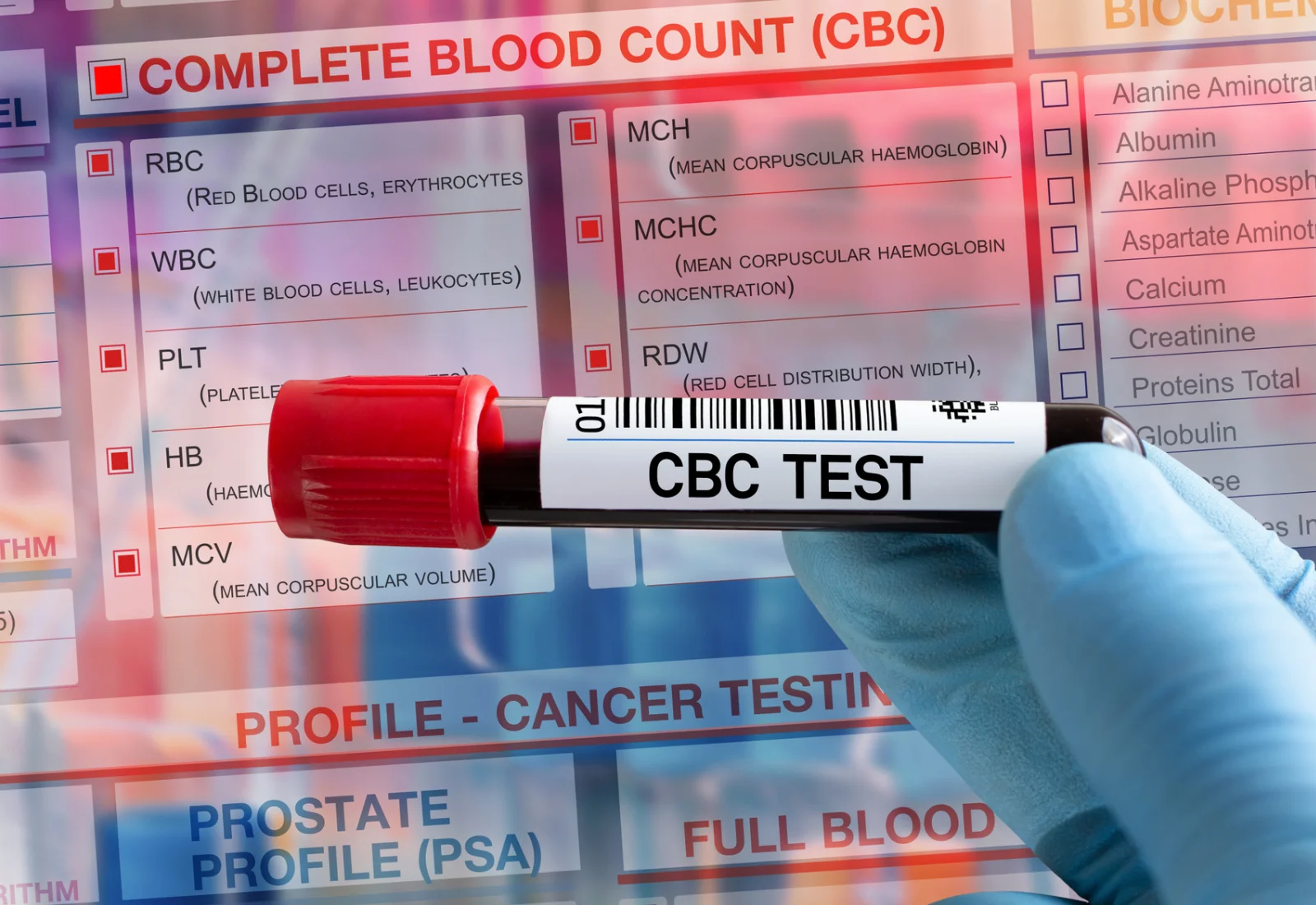Quick Links
For Patients
For Physicians
- Refer a patient to a specialist
- Order labs for patients
- Order radiology for patients
- Order At-Home Services
- Get your practice listed
For Companies

© Copyright 2024 American TelePhysicians. All rights reserved.






Bleeding disorders are a group of diseases that are characterized by abnormalities in the process of blood coagulation. Due to certain genetic or environmental factors, these derangements may be present at birth or acquired later in life. Whatever the reason, blood clot formation or natural bleeding control by the body is affected in each disease.
Bleeding control that is also called hemostasis, is achieved in the body at two levels: